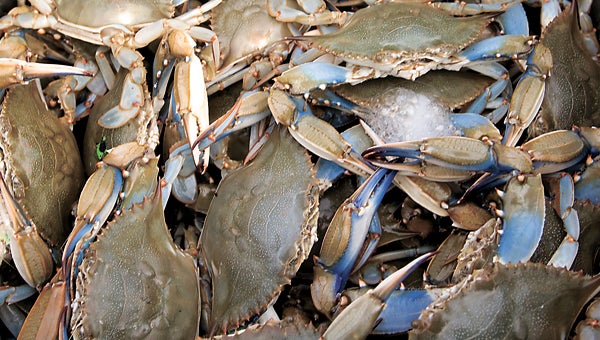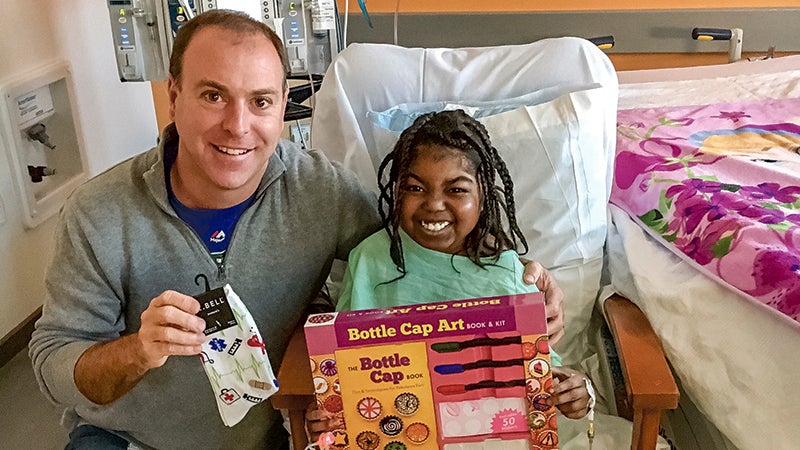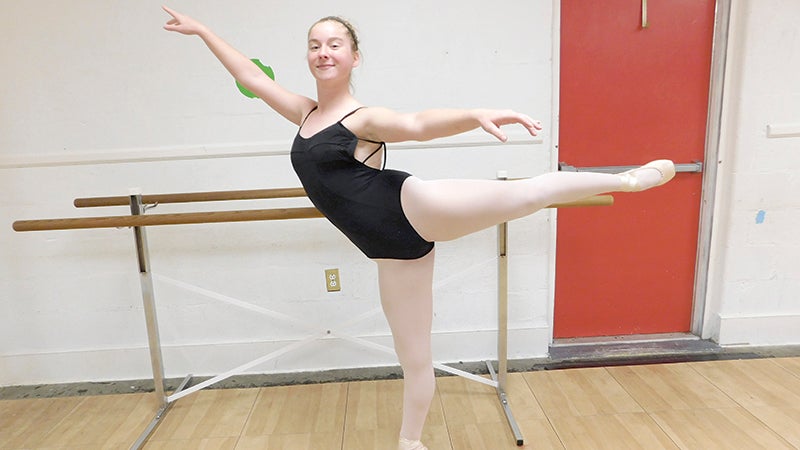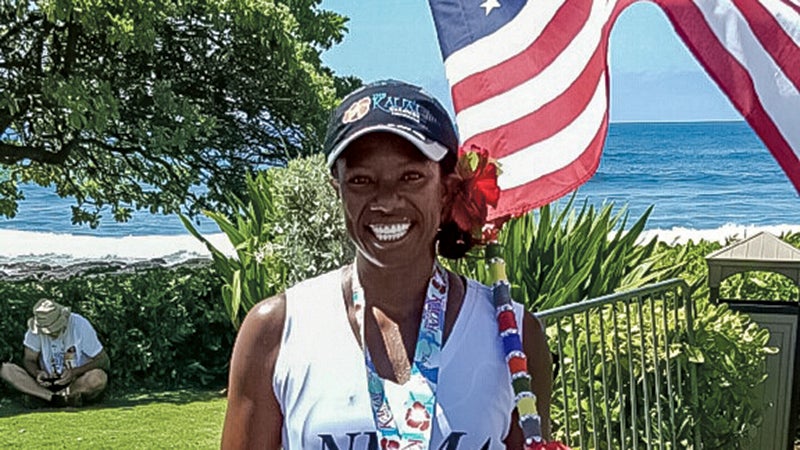The good, the bad and the crabby
Published 10:51 pm Friday, February 1, 2013

Crab populations in the Chesapeake Bay are healthy, but the adult female crab population has dwindled, experts say. They will wait until new numbers come out this spring before making any recommendations on changes.
Crab survey harbors good, bad news
By Stephen Nielsen
Capital News Service
There’s bittersweet news for the Chesapeake Bay blue crab.
The general crab and young blue crab populations are very healthy, the head of the Virginia Marine Resources Commission said Thursday. VMRC Commissioner Jack Travelstead said the crab population in the bay has reached 764 million, the highest in nearly 20 years.
“The good news is, blue crabs are not overfished,” Travelstead said.
However, the population of adult female blue crabs, which the crabbing industry relies upon for the next generation of stock, is low.
“The number of spawning-age crabs, the adults in the population, declined last year,” Travelstead said. “Fairly significantly.”
In 2011, the population of spawning-age females was estimated at 194 million, approaching the target of 215 million. But in 2012, a survey found only about 97 million spawning-age females. At 70 million, blue crabs would be labeled officially as “overfished.”
Those figures come from the 2011-12 Winter Dredge Survey. Travelstead discussed the survey with the Legislative Sportsmen’s Caucus at the General Assembly.
Literal overfishing isn’t the issue, Travelstead said. The state has about 15 regulations to help protect the blue crab population, including a shortened crab-potting season and restrictions on the number of crab pots allowed.
So why were the survey numbers low?
One theory is that, because of the fairly warm winter, crabs were too active, Travelstead said. When it’s warm, crabs don’t burrow in the mud and could outrun the survey equipment.
But if that were the case, he said, then last year’s harvest should have been very good. “But it wasn’t,” he said. “This summer we had a relatively — by comparison with recent years — poor harvest.”
The yield didn’t pick up until the fall — a boost Travelstead says the industry will need again this year. The Chesapeake Bay crab industry is an important part of the state’s economy.
According to the National Oceanic and Atmospheric Association, commercial fishermen brought in about $70 million worth of crabs in 2008 and 2009. An “overfished” categorization would hurt the economy and the watermen who make a living off the Chesapeake.
Despite the sharp decline in adult females, Travelstead maintains the blue crab population has not shrunk dangerously. Depending on the new survey, set for April, the previous year may not mean much, and adult blue crab populations could be far higher than in 2012.
Travelstead also addressed the question of opening the winter crab dredge fishery. Crab dredging allows crabs to be harvested while they are dormant in the winter. For five years in a row, the VMRC has closed the winter dredge fishery.
“One of the things we lack in our understanding of the winter dredge fishery is, in addition to what it harvests, what impact it is having on the resource,” Travelstead said. The equipment used in the dredging, in addition to harvesting crabs, can damage or kill other crabs. Even some of the crabs that are caught have been damaged and can’t be sold.
“At some point, if the stock stays healthy, we’re going to have to reopen that fishery,” Travelstead said. “We’re not going to be able to make the argument that the fishery shouldn’t be opened.”





